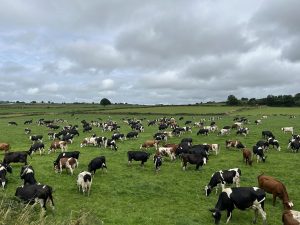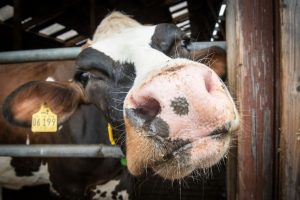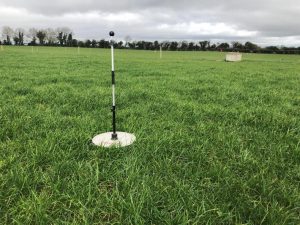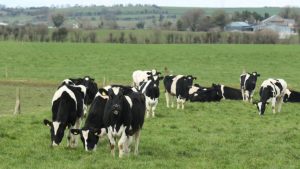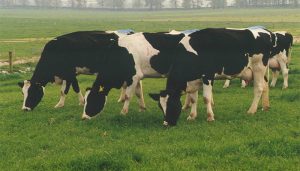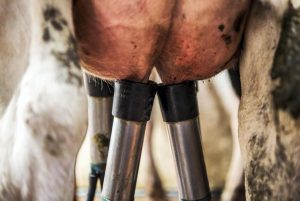
Overall, global milk production was up 8m litres (1.1%) in 2022.
It is “too soon to say” whether international dairy markets will rebound to pre-crash levels this year, international dairy analysts told delegates at the World Dairy Summit this week.
The International Dairy Federation’s World Dairy situation report showed that global dairy consumption had continued to grow in 2022.
Consumption per capita stagnated for the first time in more than a decade at 117.1kg per person.
However, with the global population continuing to grow, the figure was up by an average of 1.7% a year since 2019.
‘Very modest increase’
Overall, global milk production was up 8m tonnes (1.1%) in 2022, to 935.9m tonnes, with more than half of the additional milk produced by buffalo.
It was described as a “very modest increase” by Jean-Marc Chaumet, director of economy at France’s National Interprofessional Center for Dairy Economy (CNEIL).
Explaining the findings of the report, which is based on data from the national dairy organisations of 51 countries, Mr Chaumet, said: “2022 was again quite an unusual year after 2020 and 2021.
“In 2020, covid had limited impact on global milk production, which grew by 3%.
“In 2021, global milk production grew by 2% — lower than 2020, and lower also than the medium-term average. For the seventh year in a row, we saw a decline in the rate of growth of milk production.”
He explained the sharp increase in energy, animal feed and fertiliser had made milk production more difficult in low-cost milk-exporting countries.
Supply chain disruption
Markets had begun to recover after the pandemic, he said, however, supply chains were then disrupted by the war in Ukraine, while challenging weather curtailed production in South America, Oceania, and parts of Europe.
While countries like New Zealand, the Netherlands and now, in 2023, Ireland, have begun to scale back milk production, Asia has been leading the growth, responsible for 55% in the global growth in milk production.
The continent now accounts for 34% of global cow’s milk production compared to 26% in 2010.
Rebound
Laurent Damiens, chairman of the European Milk Forum, explained milk supplies are expected to rebound this year after a slowdown in 2022
“Dairy product prices have continued to fall in 2023 but seem to have bottomed out the fall,” he said. “Dairy trade is rebounding after a decrease in 2022, even though demand on the international markets is still limited.
“The dairy sector is facing ongoing uncertainty regarding the medium and long-term impacts of geopolitical turmoil and inflation.”
Speaking to the Irish Examiner, Benoit Rouyer, economic outlook director at CNEIL, said: “While we had good news from the GDT, for the third time in a row, the price went up. That was rather new because for a month the price has declined.
“We have also all the signs that production is not so dynamic, especially in countries like Ireland. The situation is even worse in France. The decline is around 2.5% since the beginning of this year.
“Milk production is not also very dynamic in New Zealand. It also seems that international demand is a bit stronger than it was a few months ago. So all these signals are positive, but it depends how optimistic you are.” Challenges for the industry identified in the report includes pressure on livestock production to reduce emissions, food insecurity, and the impact of food policies on taxing or restring marketing or produce high in sugar and fat.





